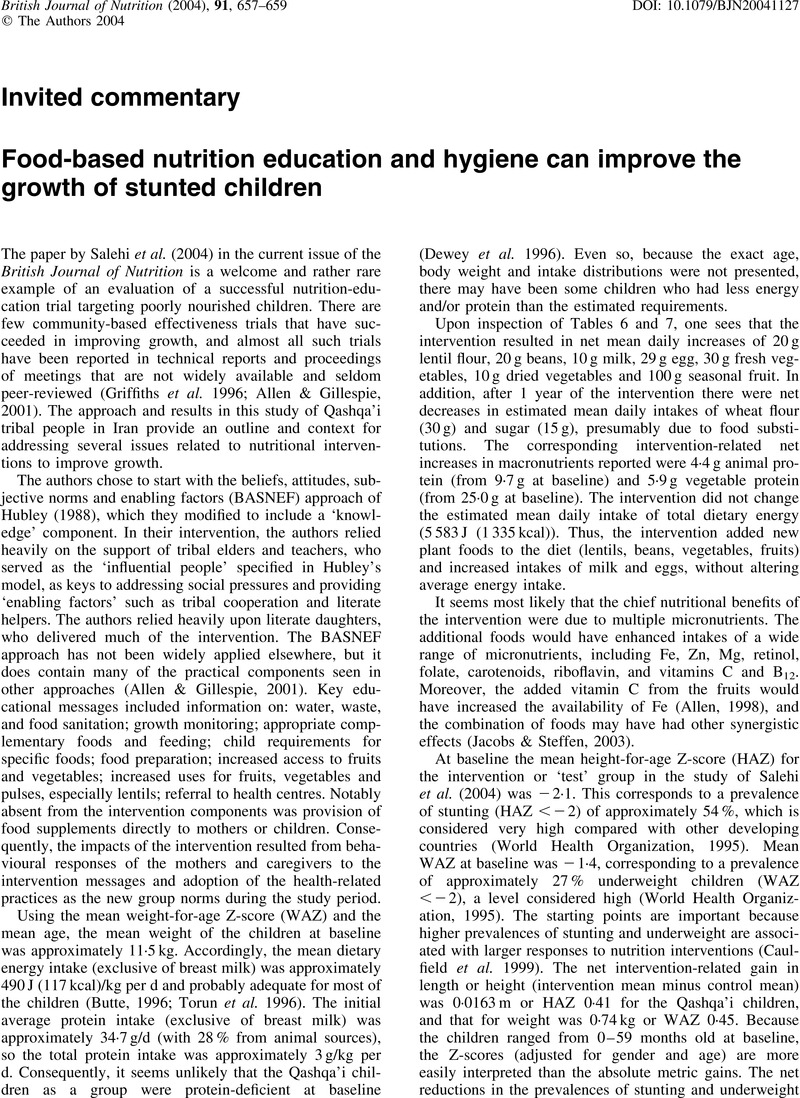Allen, LH (
1998) Iron–ascorbic acid and iron–calcium interactions and their relevance in complementary feeding. In
Micronutrient Interactions. Impact on Child Health and Nutrition, pp.
11–
20.
Washington, DC:
International Life Sciences Institute.
Google Scholar 